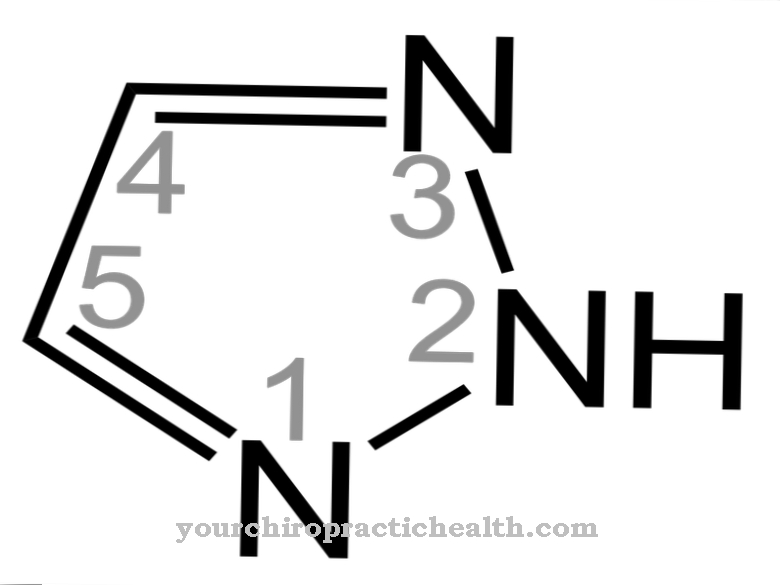The Hyaluronic acid has increasingly acquired an image as an active ingredient against skin aging in recent years. In fact, the remedy is more often used for joint problems and osteoarthritis.
What is hyaluronic acid?

Hyaluronic acid consists of multiple sugars arranged in a chain - the so-called polysaccharides. They are produced naturally in the human and animal organism. The distribution of these is different.
A particularly large amount of it is found primarily in the synovial fluid, on the intervertebral discs and in the vitreous humor of the eye. However, the ability to produce the acid itself decreases with age. Those affected then complain of joint problems, reduced vision or wrinkled skin.
In these cases, the hyaluronic acid can be used externally for medical and cosmetic purposes. As a tablet, capsule, cream or even as a liquid preparation for the syringe, the agent can be used in various forms. However, improvements often only appear after prolonged treatment.
Pharmacological effect
The hyaluronic acid reaches its destination within hours after use. This can be in the individual layers of the skin, near all joints or in the eye.
The fact that the active ingredient absorbs a large amount of liquid is used here. Around six liters of water are bound per gram of acid. This property can, for example, produce greater elasticity in the skin or be used in the context of wound healing. In the joints of the limbs, however, hyaluronic acid acts more as a lubricant. As part of the cartilage between the bones, it prevents the joints from wearing out. Or it lies as a protective layer between the skeleton and achieves a similar effect there.
The analgesic properties of the preparation are also positive. In particular, the build-up of synovial fluid or cartilage can usually take a few weeks. However, the acutely perceived complaints are eliminated within a few days. In which form and how often the hyaluronic acid is used, however, must be decided on a case-by-case basis.
Medical application & use
In the last few decades, hyaluronic acid has been used particularly frequently in the treatment of acute or chronic joint diseases. It can either counteract an already started disease process such as osteoarthritis or prevent it. It is also used to treat a diagnosed dry eye. Here the preparation would be dripped directly into the eyes in the form of drops.
It can also be used in the event of a malfunction of the mucous membranes in the area of the nose, mouth and throat. It is only in the past three decades that hyaluronic acid has gained a reputation as a component of aesthetic medicine. Thanks to the ability to bind water, the process of wound healing is improved.
The active ingredient is also used in the aftercare of surgical scars. People who suffer from deformations of the face due to an accident or illness can also hope for splashing on the lips, skin surfaces and eyelids. The resulting effect of vital contours is also being used more and more frequently in cosmetics.
Risks & side effects
The use of hyaluronic acid only rarely results in undesirable side effects. For example, incompatible and allergic shock reactions can result when taken orally. If the agent is applied to the skin, dripped into the eyes or injected into the joint area, itching, redness, blistering and sensitivity to pain in the affected area cannot be ruled out.
If the symptoms are severe, they may even have muscle spasms and small bumps around the injection point. In general, there are also often temporary after-effects in the course of application to the joints. For example, the area where the acid was injected may feel subdued and slightly numb for a few minutes.
Nevertheless, almost all symptoms resolve on their own within a few minutes or hours.A doctor only needs to be notified immediately in the event of persistent symptoms or acute states of shock.



























